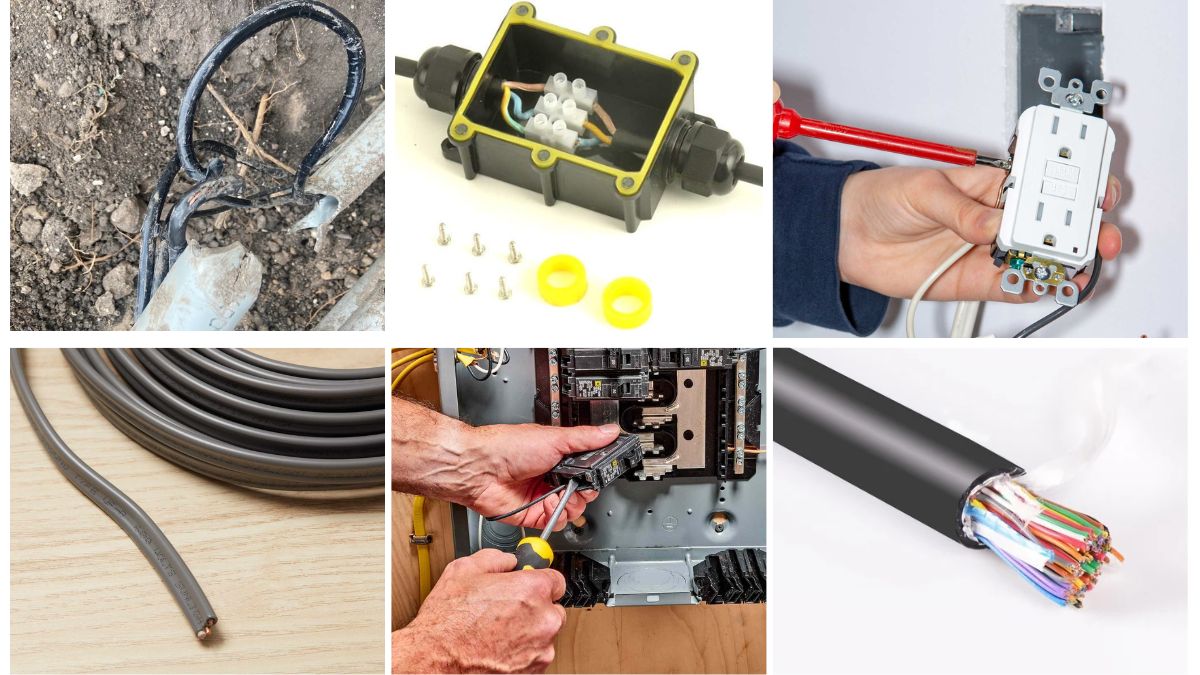Creating a stunning and safe garden lighting setup goes far beyond choosing beautiful fixtures—it begins with the right wiring. Electrician-grade wiring is essential to ensure durability, weather resistance, and protection from short circuits or fire hazards. Whether you’re lighting a pathway, pond, or pergola, using high-quality materials and proper techniques will keep your outdoor lighting safe and reliable for years to come. Here are 8 smart and stylish ways to use electrician-grade wiring for safe and stunning garden lights.
1. Use Underground-Rated Wiring for Pathway Lighting
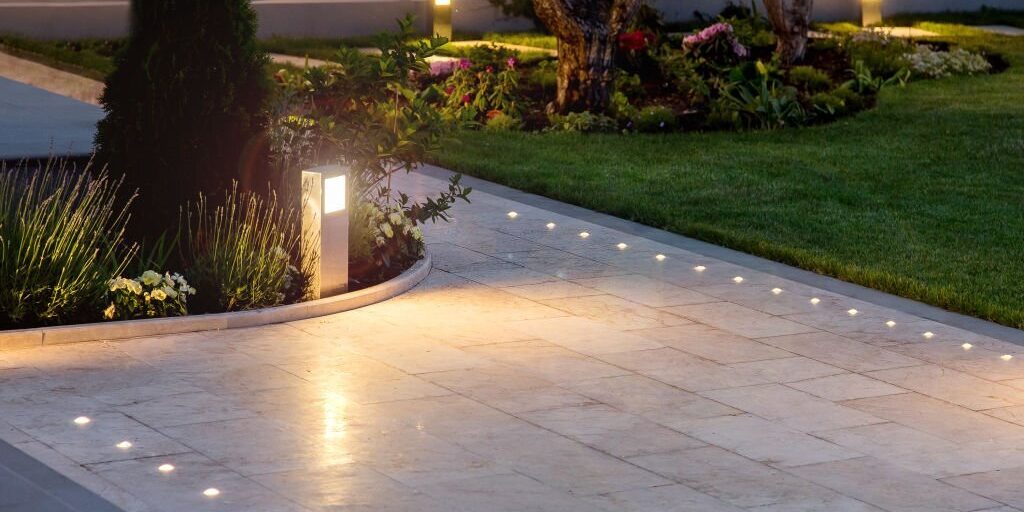
Pathway lights are often exposed to moisture, soil movement, and garden tools. Using UF (Underground Feeder) electrician-grade cable ensures safety by preventing moisture from penetrating the insulation. An electrician can trench and install this wiring at the correct depth, along with conduit if needed, protecting it from corrosion and physical damage. The result: a safe, seamless glow along your garden walkways.
2. Install Conduit for Above-Ground Exposed Runs
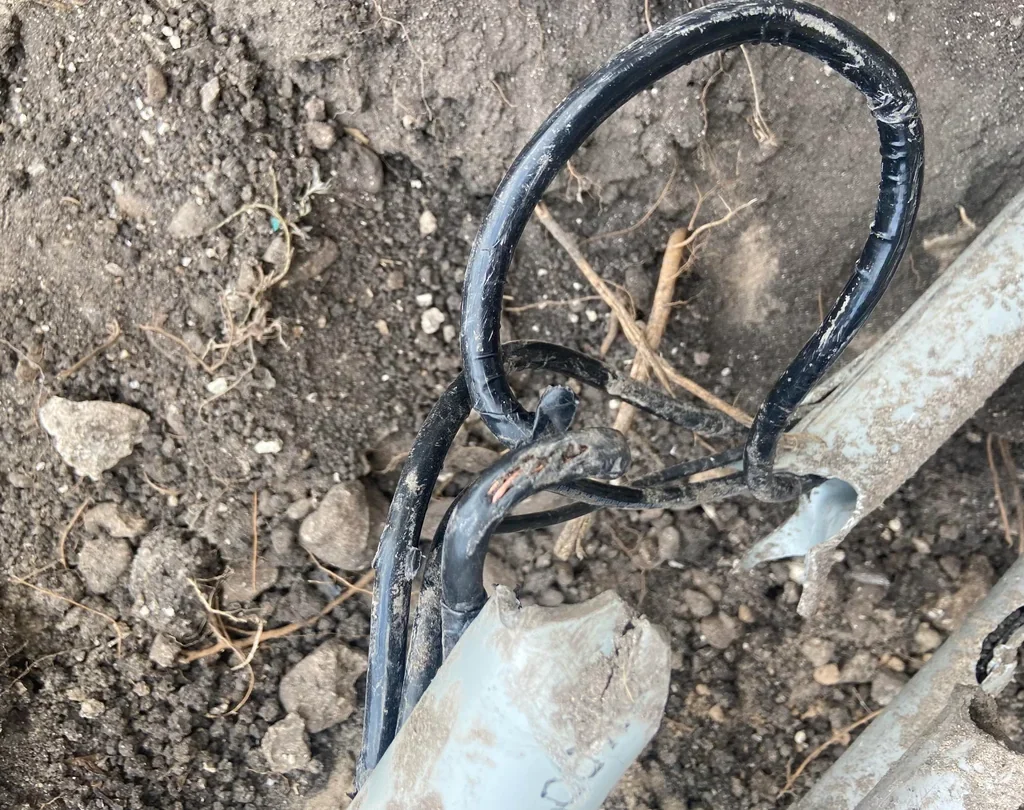
When wiring must travel above ground, such as along fences, walls, or posts, using PVC or metal conduit with electrician-grade wiring prevents UV damage and reduces the risk of accidents. Conduits shield the wires from weather, pests, and garden tools. Professional electricians secure the conduit in place and use proper fittings to seal connections, ensuring safety without compromising the garden’s aesthetics.
3. Use Waterproof Connectors and Junction Boxes
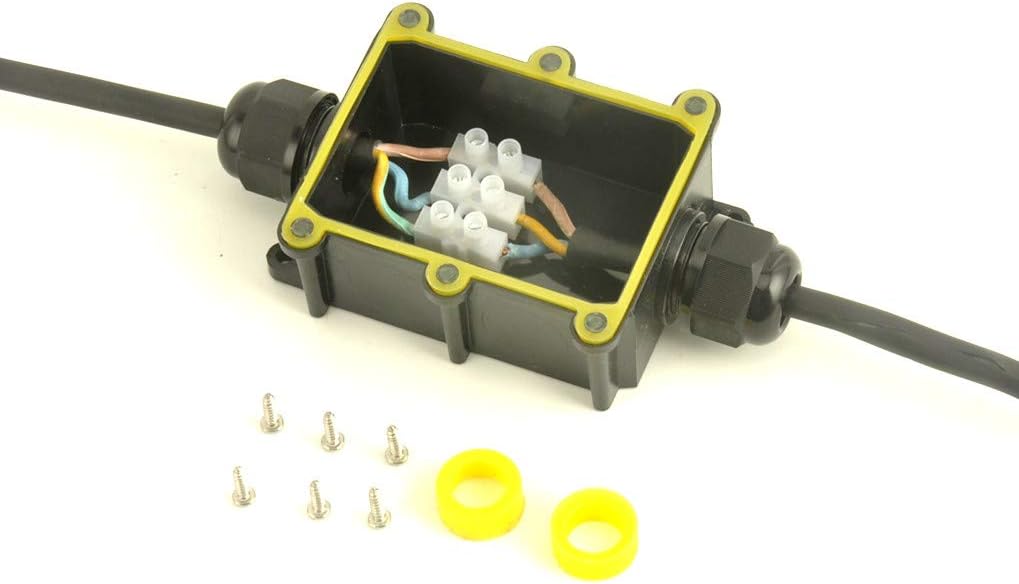
Any time two wires are joined outdoors—especially in flower beds or near irrigation—you must use weatherproof connectors and junction boxes. Electricians seal these boxes to block out water and soil, preventing shorts or corrosion. Combining electrician-grade wire with high-quality waterproof components ensures long-term safety and keeps your garden lights shining brightly through every season.
4. Install GFCI-Protected Outlets and Circuits
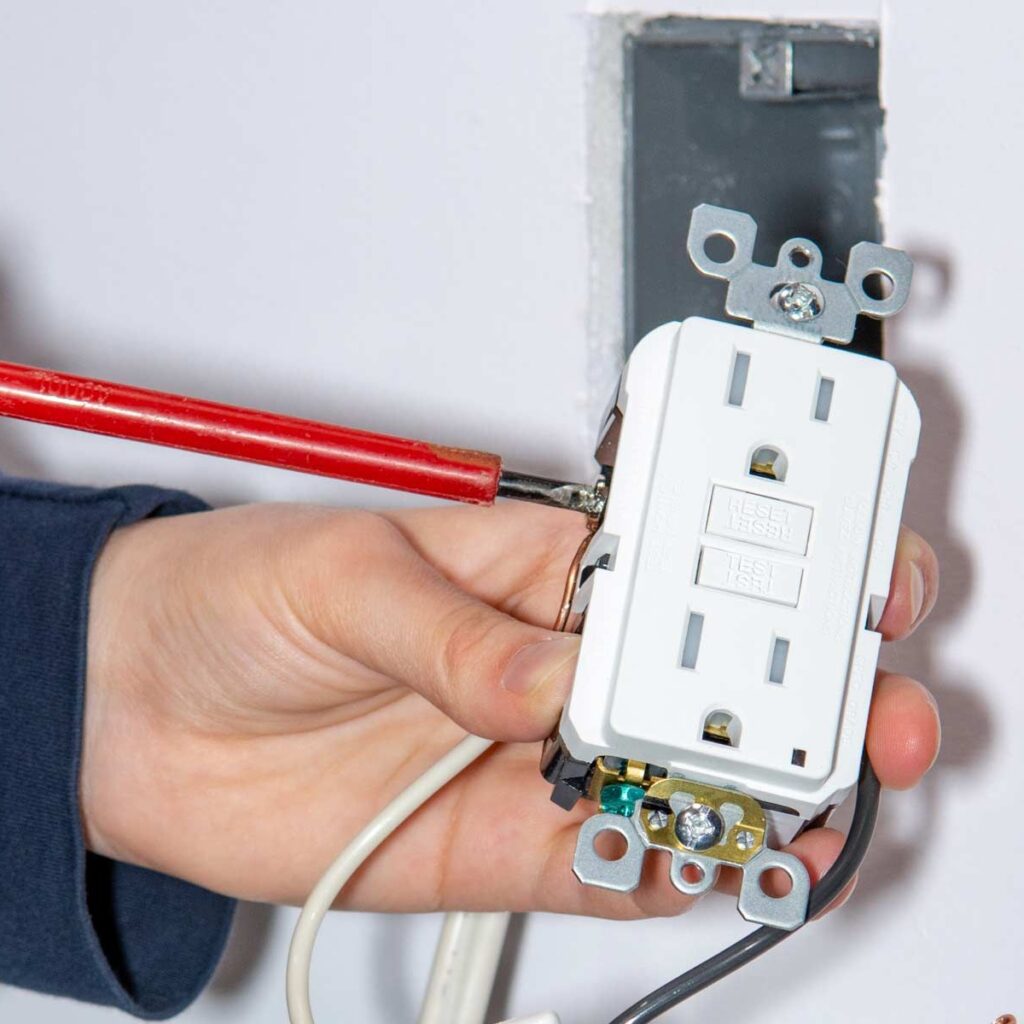
Ground Fault Circuit Interrupters (GFCIs) are crucial for garden lighting to protect against shock and fire. Electricians use GFCI-rated outlets and circuit breakers connected to outdoor-rated wiring to shut off power instantly when a fault is detected. This is especially important for areas near water features, patios, or damp zones. It’s a key safety element that no DIY project should skip.
5. Choose Direct-Burial Cable for In-Ground Lighting Systems
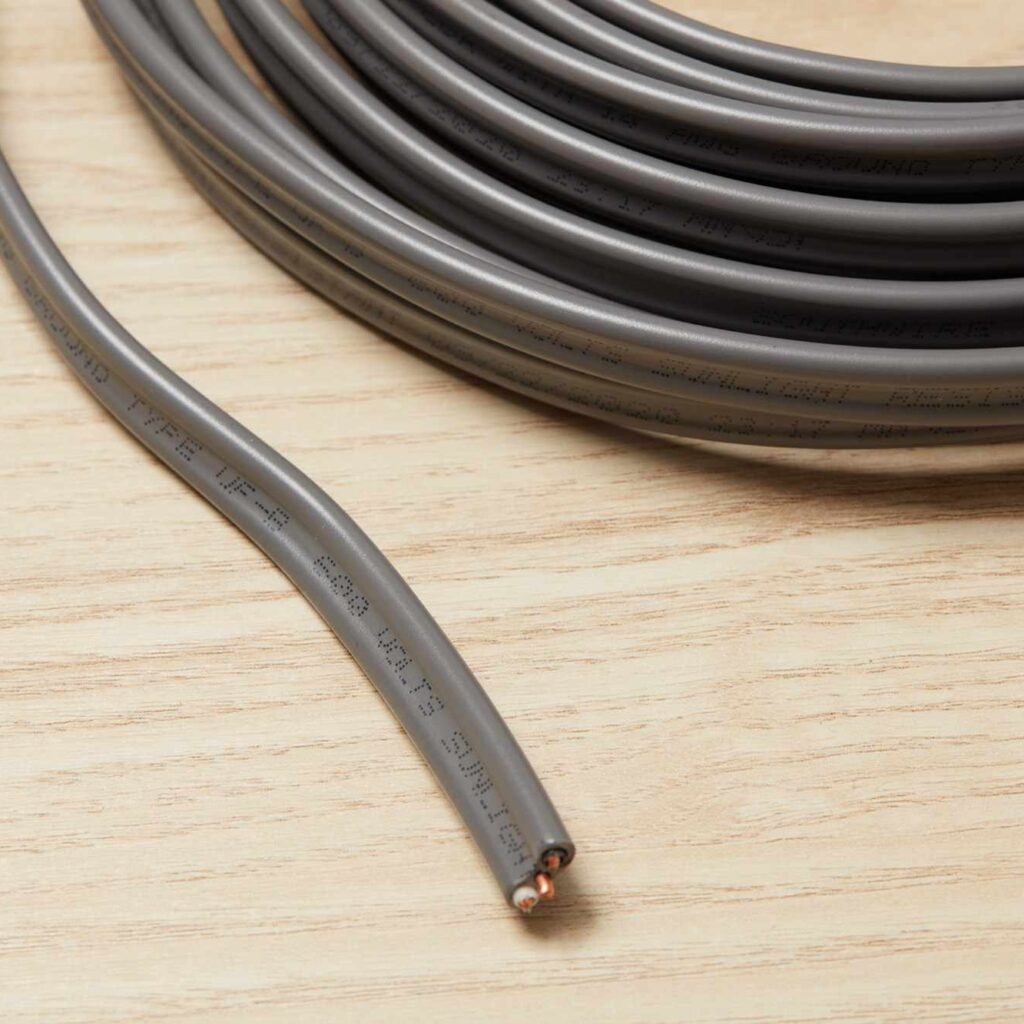
For garden beds, lawns, and other in-ground lighting setups, direct-burial cable (like UF-B) is the go-to choice for electricians. It’s specifically engineered for underground environments, resisting moisture, insects, and soil acidity. Paired with proper trenching depth and conduit near entry points, this wire type forms the backbone of safe, low-voltage lighting across expansive gardens.
6. Separate Low-Voltage and High-Voltage Lines
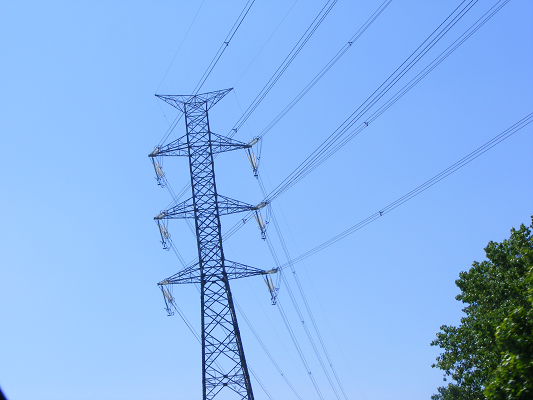
To avoid interference and safety risks, electricians run low-voltage lighting cables (typically 12V) separately from high-voltage power lines (120V or more). They also use dedicated transformers and properly rated wiring for each system. This ensures that your garden lights operate safely, and that there’s no risk of overloading or heat damage—especially in complex designs with mixed lighting zones.
7. Use UV-Resistant Outdoor Cable for Overhead Features
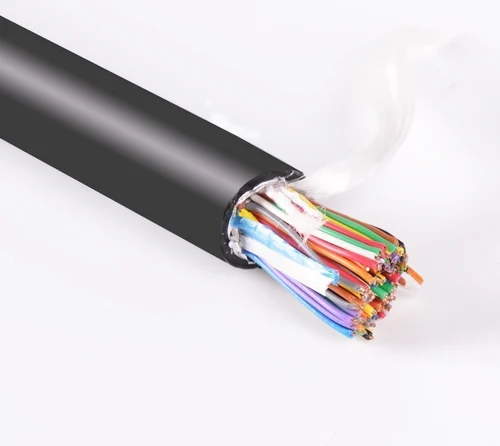
When wiring lights for pergolas, trellises, or hanging garden fixtures, the wiring is often exposed to sunlight. UV-resistant outdoor cable, such as SOOW or sunlight-resistant NM cable, is electrician-approved for this purpose. These wires are shielded against cracking and fading, maintaining their insulation strength over time. Electricians route them carefully to preserve both beauty and function.
8. Label and Organize Wires in Weatherproof Control Boxes
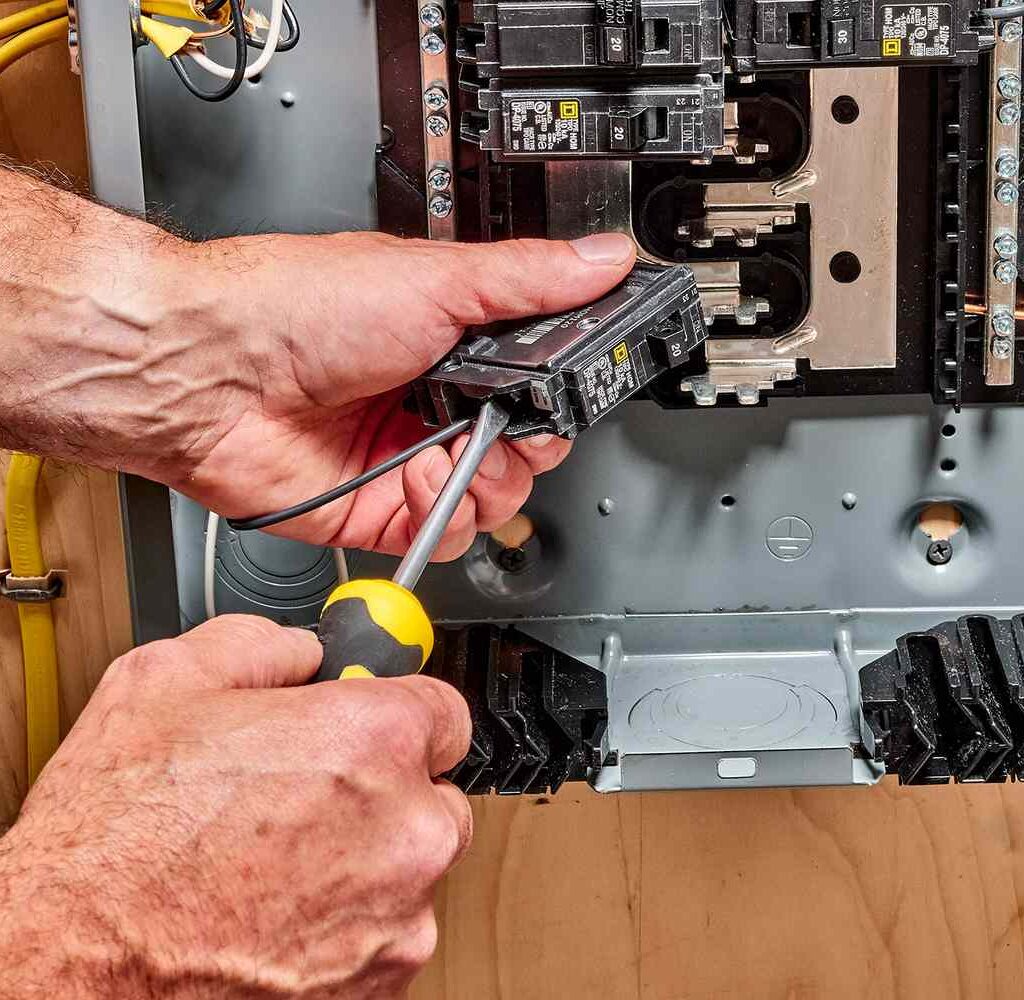
For complex lighting systems, electricians install weatherproof control boxes and neatly label each wire for easy maintenance. They use electrician-grade terminal blocks, fuses, and surge protectors to manage multiple circuits safely. This professional organization makes it easier to troubleshoot, upgrade, or expand your garden lighting in the future without confusion or electrical hazards.
Conclusion:
Electrician-grade wiring is the unsung hero of safe and stunning garden lighting. From protecting against water and UV rays to managing voltage and organizing circuits, each detail matters. These 8 strategies demonstrate how smart wiring techniques—done the electrician’s way—can elevate your garden’s beauty while ensuring every light shines safely and reliably. Let your garden glow, knowing it’s grounded in professional-grade safety.
